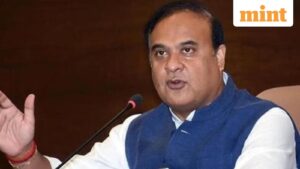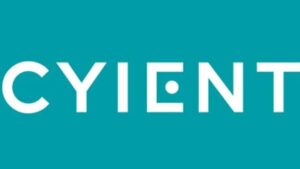India’s financial system is experiencing a significant transformation. While banks remain central to credit delivery, there is a noticeable shift toward non-bank financial channels, including non-banking financial companies (NBFCs), corporate bonds, equity, and foreign capital. This trend is driven by regulatory reforms, advancements in digital infrastructure, and evolving borrower preferences, paving the way for a more diversified and resilient credit ecosystem.
Recent data from the Reserve Bank of India (RBI) reveals that the total flow of resources to the corporate sector reached ₹35 lakh crore in the fiscal year 2025 (FY25), marking a modest year-on-year increase of 3 percent. Notably, nearly half of this amount—₹17.1 lakh crore, or 49 percent—originated from non-bank sources, such as NBFC loans, corporate bonds, equity issuances, and foreign direct investment. In contrast, bank credit demand declined by 14 percent to ₹17.9 lakh crore. Companies have shifted towards equity markets, raising ₹3.8 lakh crore through share issuances—a nearly three-fold increase from the previous year. Additionally, borrowings through corporate bonds and commercial papers rose by 15 percent, reaching ₹2.1 lakh crore.
This transition indicates a maturing economy where companies are increasingly exploring diverse funding avenues beyond traditional bank loans.
Among alternative lenders, NBFCs have notably increased their lending, reaching ₹6.1 lakh crore in FY25—a 20 percent year-on-year rise—thus establishing themselves as an essential financing channel. Their agility, ability to serve underserved segments, and partnerships with digital platforms enhance their role as complements to banks. For micro, small, and medium enterprises (MSMEs), along with smaller entrepreneurs and borrowers in semi-urban areas, NBFCs often serve as the first point of access to formal finance. Their flexible product designs, local presence, and contextual understanding help bridge the credit gaps that banks may overlook.
Additionally, many NBFCs utilize alternative data and AI-driven models to support thin-file customers, extending credit access to those lacking extensive formal credit histories. Innovations such as digital distribution channels, automated risk scoring, and products like micro-loans and flexible repayment plans are facilitating faster and tailored lending while maintaining prudent credit standards.
To sustain their growing role, NBFCs are diversifying their funding sources. While bank borrowings remain important, they are increasingly engaging in corporate bond markets, securitization, external borrowings, and co-lending partnerships with fintech firms and banks. Innovations such as first-loss default guarantees, retail participation in loan pools, and API-led digital co-lending are enabling NBFCs to access cheaper, more resilient funding. This diversification not only strengthens their financial position but also ensures stable credit delivery during periods of banking sector slowdowns.
A critical regulatory enhancement was the rollback of increased risk weights on bank lending to NBFCs, which had previously escalated their borrowing costs. This RBI decision has improved liquidity access, reduced funding costs, and allowed NBFCs to broaden their lending portfolios at more competitive rates. This move recognizes the systemic importance of NBFCs in serving key sectors such as MSMEs, affordable housing, and consumer credit, resulting in improved pricing and availability of credit for borrowers.
Looking forward, the RBI’s open tap bank licensing policy could have significant implications. By permitting continuous applications for new bank licenses, it encourages the emergence of specialized players—from small finance banks to digital-first banks—thereby enhancing competition and fostering innovation. Such developments create new opportunities for collaboration among banks, NBFCs, and fintech platforms, broadening credit delivery channels and making the system more diverse and resilient.
Meanwhile, embedded finance is emerging as a forward-looking trend. By seamlessly integrating lending into platforms such as e-commerce and logistics, embedded finance enhances the operational networks of NBFCs. Examples include travel insurance embedded in IRCTC ticketing, UPI payments integrated into everyday commerce, and ONDC facilitating credit and insurance access for small sellers, along with account aggregators promoting consent-driven credit access for individuals and MSMEs.
For NBFCs, embedded finance offers a way to merge in-person trust with digital efficiency, thereby opening access to new borrower segments and reducing friction in lending processes. The ongoing flow of resources from non-bank channels, the evolving role of NBFCs, their diversification in funding sources, and regulatory measures such as the rollback of risk weights and open tap licensing are collectively defining a pivotal phase in India’s credit landscape. The advent of embedded finance may further accelerate this transformation, making credit more contextual and accessible.
If the past decades focused on enhancing banking penetration, the forthcoming phase will emphasize broadening and diversifying credit flows, where banks, NBFCs, capital markets, and embedded digital models collaboratively support India’s growing economy.
Published on September 29, 2025.










